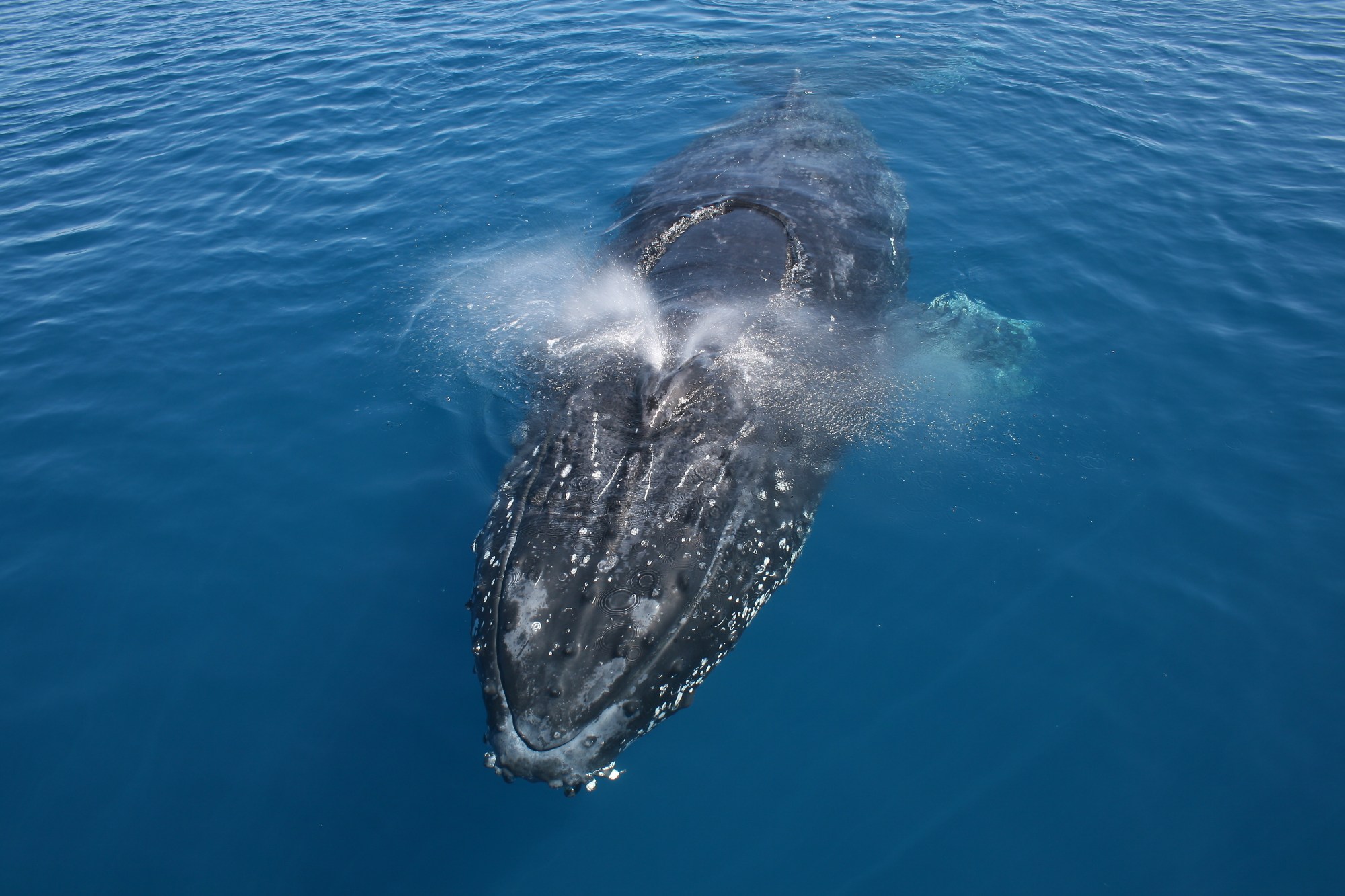Why do the Whales Migrate?

The humpback whale migration usually runs from July to November – but why do these incredible whales migrate? Learn fascinating facts before your next Sunshine Coast whale watching tour.
Humpback whales feed on krill, which is abundant in the cold polar waters; however, they cannot give birth in these rich feeding grounds because their calves are born without a protective blubber layer under their skin and would freeze to death in these chilly waters. Because of this, each year, humpback whales migrate to subtropical waters to mate and give birth.
The annual journey is one of the longest migratory journeys of any mammal on earth during which they do not eat, instead subsisting on their fat stores, known as blubber.
The migration timing varies each year depending on the location of their feeding ground, water temperature, sea ice, predator risk and abundance of prey. The humpback whales that migrate up the Australian east coast generally head north between June and August and head back south between September and November.
The best whale watching viewing in Noosa is when they are heading back south as they stay closer to the coast, are moving slower with their newborns, and are more playful.
